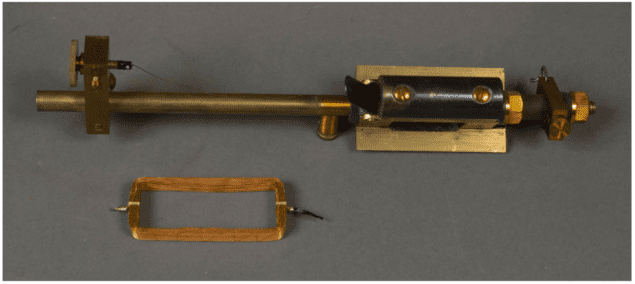
Research universities and labs can be treasure troves of antique scientific equipment – some of which can look very perplexing to the modern eye. The National Institute of Technology and Standards (NIST) in the US has its own museum and staff there are asking the public to help identify some mysterious objects in their collection. What, for example, is the above apparatus – a fishing rod for electric eels?
Time magazine has names its 100 Most Influential People of 2018 and among the celebrities and politicians is a name that most people will probably not recognize, but I was very pleased to see – the Chinese physicist Jian-Wei Pan.
Quantum satellite
Pan was nominated by his former PhD supervisor at the University of Vienna, Anton Zeilinger, who wrote in Time “I can’t imagine the emergence of quantum technology without Jian-Wei Pan”. Pan was the leading force in the development of China’s Micius quantum satellite, which has managed to share quantum information between China and Austria. “His long-term goal of a quantum Internet has come a few leaps closer because of this,” says Zeilinger, “I consider it a privilege to have been his teacher”.
Before he was discovered by Time, Pan was cited by Physics World as the winner of our Breakthrough of the Year 2015 for his work on double quantum-teleportation.
Another physicist I spotted on the list is the entrepreneur Elon Musk, of Tesla and SpaceX fame. He was nominated by fellow physicist and billionaire Yuri Milner, who writes “Through original thinking, technical precision and smart marketing, Elon is making space transport rise up to our biggest ambitions”. Milner, who made his fortune investing in technology companies, has also made his mark on the world of physics by founding and partially funding the Breakthrough Prize in Fundamental Physics.



